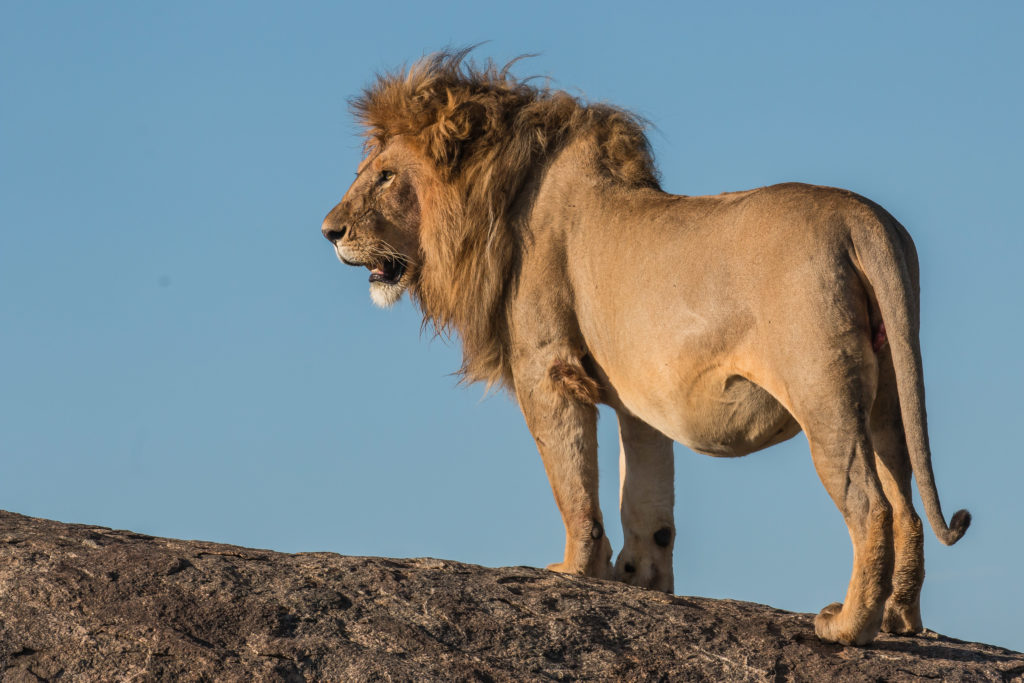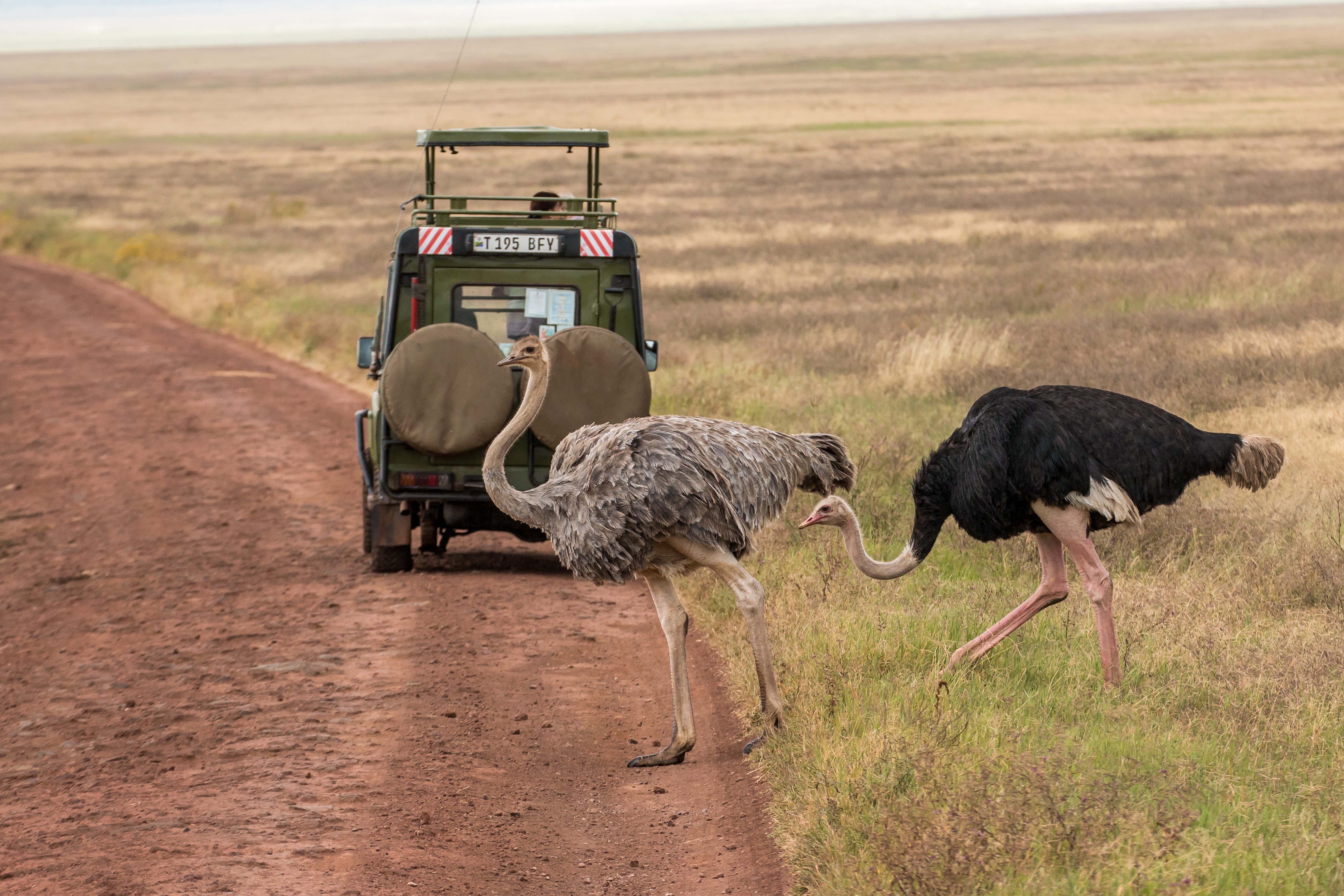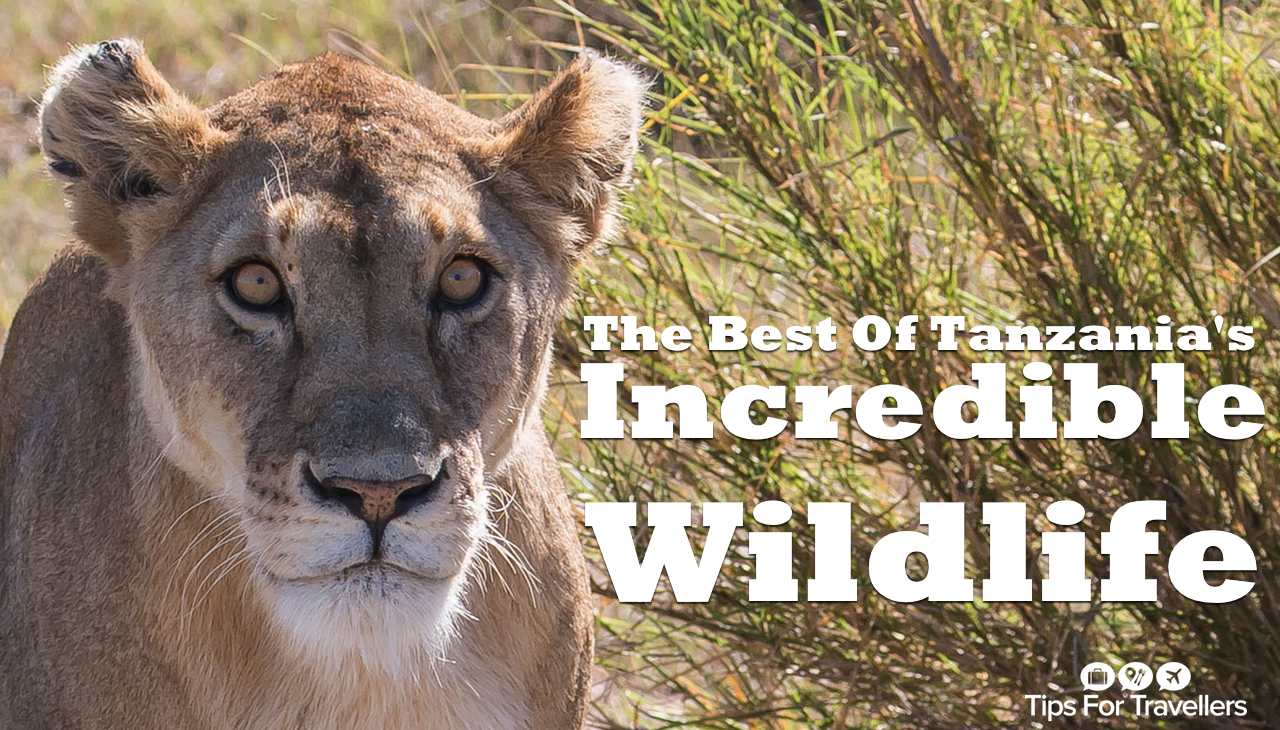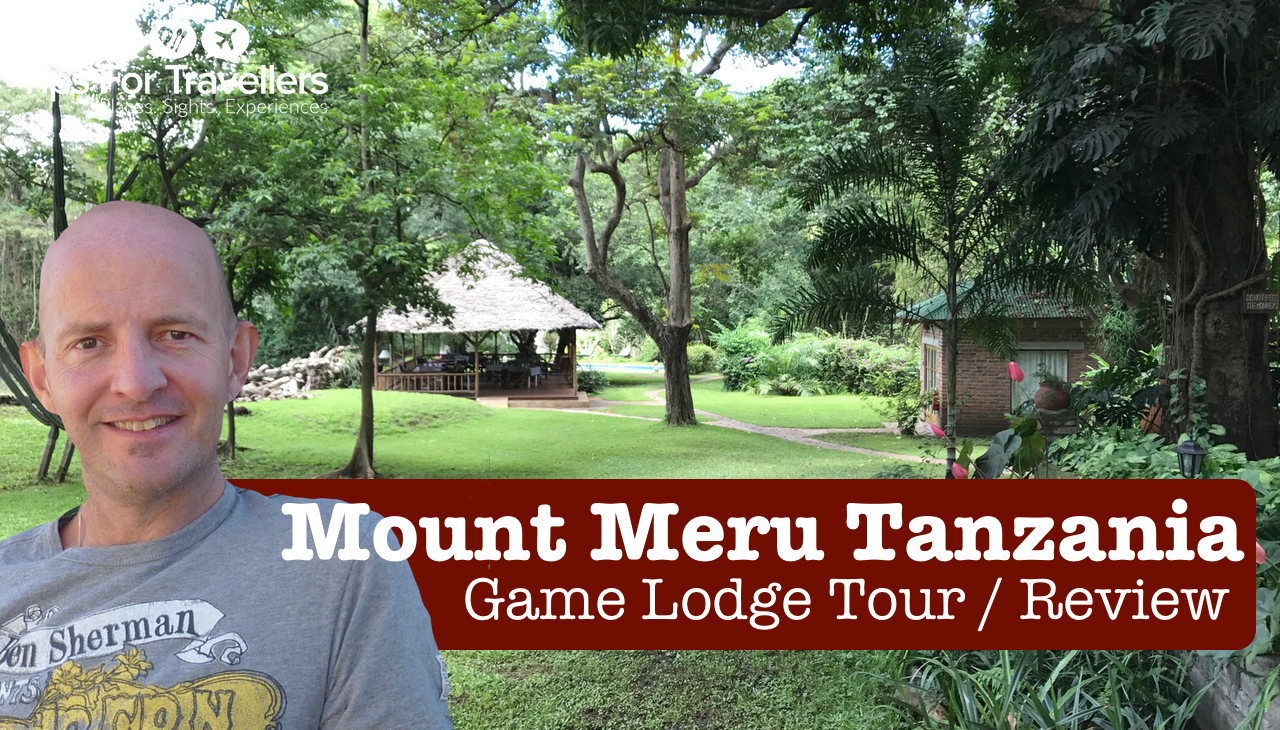10 Things You Really Need To Know Before Going On A Tanzania Safari

Tanzania is a magnificent country to visit for an African safari. It is one of my favourite and most memorable trips due to the numbers and range of wild animals and incredible diverse landscape. If you are considering going, here are 10 things I think you need to know before deciding to go there on safari
#1: 17 National Parks
A significant area of the country is dedicated to wildlife, with 17 National Parks covering 38% of the total land space. The oldest (formed in 1951) and most famous is the Serengeti, which is best known for the migration of millions of wildebeest and tens of thousands of other animals that occurs every year around June. This is when animals move to find better grazing grounds and water.
#2: Enormous amount of wildlife
Tanzania has vast quantities of wild animals, with over 20% of Africa’s mammal population in the country. This makes it a fantastic place to go on safari as you can see a wide range of animals and in large numbers. For example, there are at least 30,000 animals concentrated in the relatively small Ngorongoro Crater that is just 19 kilometres by 19 kilometres wide.
#3: The “Big Five”
In many of the National Parks you can see the “Big Five” wild animals: Lion, Leopard, Rhino, Elephant and Buffalo. In addition you will likely see a diverse range of other beasts including zebra, antelopes, giraffe, hyena, cheetah, baboon and wildebeest. There are around 500 bird species as well, including flamingo.
Find out more about the “Big Five”, including why they were chosen and what the most dangerous to man is, in my article “What Are The African “Big Five” Animals”
#4: Remarkable and Diverse Landscapes
The country has diverse and stunning natural landscapes, many within relatively short distances of each other. These include the Ngorongoro Crater, Great Rift Valleys and the enormous Serengeti Plain. In addition to seeing wildlife you will enjoy beautiful and magnificent scenery during your visit.
#5: Best time to go is dry season (June to October)
The best time to visit is during the dry season as this is when the vegetation is less thick and water is harder to find, which means the animals seek out and congregate around more limited sources of water. Both of these make finding and viewing them easier.
June and July is also when the “Great Migration” happens in Serengeti when millions of
Wildebeest, around 200,000 zebra and 300,000 Thomson’s gazelle are on the move. This spectacle attracts many travellers though and so is a busy and more expensive time to visit.
#6: Dirt Roads and 4×4 Land Cruisers
Safaris require travelling on dirt roads into and around parks and sometimes in between them. The trips are in 4×4 Toyota Land Cruisers usually designed for these. The trip can be bumpy and dusty. The top of the trucks is opened in the parks to allow game viewing.
While the parks are vast you will not be alone when animals are sighted. You should expect there to be up to four other trucks with you when viewing game, especially when encountering harder to find animals like lions, cheetah, leopards and rhino.
To find out more about what to expect, how to prepare and what to take on a game drive read my article “Tanzania Safari Game Drive Tips”
#7: Travel Visa
Travellers from most countries will need a visa. Whilst these can be obtained on entry, it is more efficient to get one in advance from your local Tanzanian Embassy before going. The line to get a visa on arrival can be lengthy and slow.
#8: Anti-Malaria Medication
Tanzania is a malaria area and visitors need to get prescription before going and take measures to protect themselves whilst there. The lodges have mosquito nets but it is also a good idea to have bug spray to avoid getting bitten and to wear long-sleeved shirt and trousers in the evenings.
You should check with your local travel medical service and Tanzania government website for additional vaccinations you need. For example, Tanzania requires visitors from some countries to also have a Yellow Fever jab and certificate.
It is essential to have good travel insurance. It must include cover for medical evacuations from the parks.
#10: Money
US Dollars are widely used and accepted. The notes should be of small denominations and as new as possible. Locals and businesses will not take damaged, torn or dirty notes. There is no need to have local currency, although the local Masaai people did prefer it as saved them having to change it at nearby hotels or businesses.
You will come across many places selling curios and handicrafts, including at Masaai villages that are open to tour. I found them to be relatively expensive, but of high quality and locally made.
Final Thought
Tanzania is a welcoming place as the people are friendly and generally you will not be hassled. English is widely spoken as it is taught in school and so the country is easy to navigate. There are lodges to cater for different budget levels.I had a fantastic time and loved my time there. I highly recommend going!
Want to go?
I travelled to Tanzania as a guest of Titan Travel on their “Wild Plains Of Tanzania” escorted tour. The 9-night trip included visits to Tarangire National Park, Ngorongoro Conservation Area, Serengeti National Park and Lake Mantra National Park. I can recommend this trip and to find out more about what I saw and did visit tipsfortravellers.com/tanzania-safari-tips























I have been listening to Gary’s podcasts for a while now, but this is my first time to the website. This is a fantastic site! I love it for my personal travel, and even more to help out my clients as a travel agent! I can’t know and experience everything, but it sure seems like Gary does!!
Thanks, great to hear you have been to the site as well as listening to the podcasts – and liked it! Hopefully you will keep listening and visiting 🙂 Much appreciated
Great post. Thank you for sharing.